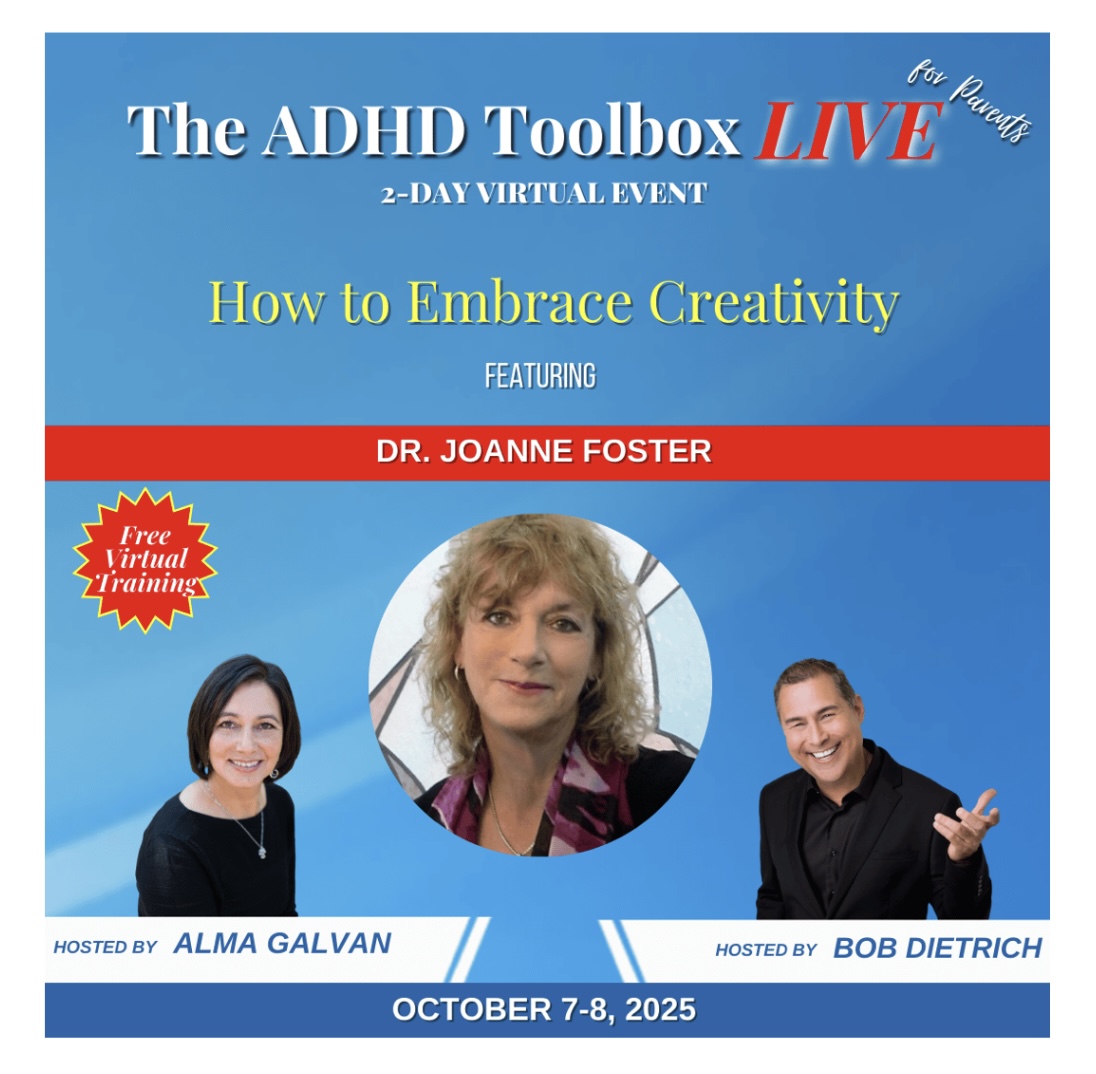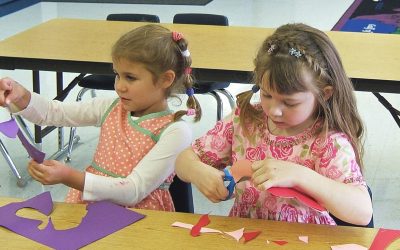WHY SHOULD CREATIVITY MATTER FOR KIDS?
Creative expression is a way to fortify the soul, to nourish the mind, and to solve problems. Albert Einstein understood the “enjoyment of seeking and searching”—he recognized the power of curiosity and investigation. And what follows from that? Pleasure, gratification, and motivation ensue from finding new pathways to explore, making and sharing discoveries, and creating or forging fresh avenues going forward.
When we reflect upon the riches humankind has created over the ages—in sciences, the arts, philosophy, and countless other domains—it becomes apparent that creativity lies at the very core of progress and well-being. Whether people live in stable or unsettled times, creativity is like a springboard that can underlie and catapult fulfilment.
HOW CAN ADULTS STRENGTHEN KIDS’ CREATIVITY?
Children are influenced by the supports and constraints within their environment. It’s important for parents, teachers, grandparents, and trusted others to listen, observe, and be respectful of children’s preferences, and to offer children choice, encouragement, reassurance, and resources.
Here are five practical ways adults can make a positive difference.
1. IDENTIFY – Help children identify why creativity has value for them, so they can then consider and acquire an appreciation for how to they apply it. For example, kids can infuse creativity into daily activities, enhance their interests, ask questions, build upon their knowledge and strengths, and bolster their coping mechanisms during times of challenge. Honor their ideas and individuality.
2. INFORM – Be available to assist—as needed. This includes offering children guidance; facilitating resource materials, technological wherewithal, partnerships, and mentorships; ensuring a safe and comfortable environment; and conveying your own experientially based suggestions. (But don’t hover or intervene unnecessarily.)
3. INVITE – Be welcoming of children’s creative efforts and imaginative endeavours, whether independent or collaborative, inside (within a familiar milieu) or outdoors (in nature). Provide a calming presence that promotes creative initiatives. Show why and how creativity is a valuable and impactful aspect of your life—day-by-day, and over the long haul.
4. INVOLVE – Participation in creative experiences can be invigorating! This includes play, hands-on activities, role-play, and arts-based options (such as painting, dancing, musical composition, and writing). Strengthen options and connections. Rejoice in kids’ efforts and perspectives, and not just outcomes.
5. INVEST – Children may think creativity is a spontaneous igniting of ideas. However, it’s more of a journey. It often takes considerable time, hard work, patience, flexibility, reflection, and resilience—but it IS worth the investment!
(Note: Author Terese Amabile has written about these considerations—and more—in the course of her work on creativity.)
LAST WORDS AND FINAL TAKE-AWAYS
“You are your child’s best teacher of the benefits of living creatively.’
~ BEING SMART ABOUT GIFTED LEARNING, Matthews and Foster, p. 57
An integral way for adults to support children’s creativity is to invest in their own creative fulfillment, and to ensure that creativity is a valued and ongoing mainstay at home and within the family. This will empower children to push beyond and sharpen the edges of what they already know and can do. Help them choose to be creative; to embrace inspiration and aspiration; to fortify their learning, skills, and attitudes; and to develop their creativity exponentially.
This blog—on how to embrace children’s creativity—was inspired by my recent interview with Alma Galvan for The ADHD Toolbox event,
https://www.brainworxmembers.com/link.php?id=463&h=4c36af928e









